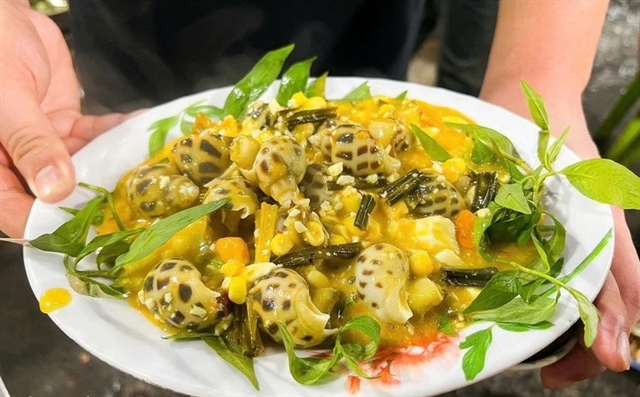 Life & Style
Life & Style

 |
| Crunchy and sweet: A salad of carrots and kohlrabi, popular in north Viet Nam.— VNS Photo Bạch Liên |
With its abundance of delicious vegetables, fruits and roots, Việt Nam has all the conditions to cater to vegans.
The faux meat dishes are consumed more in the South than in the North, says Phạm Tuấn Hải, a judge in the Masterchef Vietnam reality television show.
“The art of vegetarian food first appeared in the central provinces of Viet Nam, and Hue was one of the first cities in the country where chay (vegetarian) meals appeared. Vegetarian meals are very important to the people of Hue,” says Hải.
Historically, vegetarian food first became popular during the reign of the Ly Dynasty in 11th century. However, it reached its zenith as a important part of royal cuisine during the long rule of the Nguyễn Dynasty since early 19th century, when Huế emerged as a Buddhist centre.
“There were strict rules on picking the right ingredients, cooking and offering vegetarian food to royalty during the reign of the Nguyễn Dynasty,” says vegetarian food expert Hồ Đắc Thiếu Anh of Huế.
She explains that the team of chefs serving royalty had to offer the King the finest food as part of a royal ritual, a prayer for peace and prosperity in the kingdom. During this special ritual, the King kept himself clean and his mind tranquil. The cooks also had to be clean and extremely selective of the food they chose to make the offerings. Above all, the vegetarian feast had to be presented beautifully, with ornate decorations.
Since then, eating vegetarian food has become a tradition in Huế.
In all pagodas in Huế, every month, on the first and full moon days of the month, monks and nuns make vegetarian meals to feed the devotees.
Restaurants that normally sell non-vegetarian food used to close on these two days or change their menu to serve vegetarian food.
Most Huế residents turn vegetarian during the first and full moon days of the month and on other festive days. The first day of the New Lunar Year, for instance, is a day of vegetarian meals for many families in the city.
“I started to eat vegetarian food when I was very small, with other members of my family, so this has become a habit. Twice a month, mother always cooked vegetarian dishes from vegetables, or tofu and told us not to eat onion and garlic.
Now, I want to stay healthy. And I also want to cleanse my body,” says Nguyễn Ngọc Lan, explaining her vegetarianism.
Also particular to HCM City are whole stretches of a street or alley that exclusively serve vegetarian food. The Chay Xóm Giá, for instance, is located on a 100m long alley on Hồng Bàng Street in District 11. Sixteen stalls sell vegetarian food at cheap prices, and these are frequented by low-income workers.
The late entrant
As Hải observes, contrary to HCM City and Huế, people in Hà Nội can not find vegetarian food in street-side stalls. A street-side stall that sells only vegetarian or vegan food is a rarity here, but that looks set to change soon. — VNS
--
IN BOX:
Hà Nội
1. Ưu Đàm Chay, 34 Hàng Bài St
2. An Lạc, 109 Trần Hưng Đạo St
3. Zenith Yoga Café : 62 A Lý Thường Kiệt street
HCM City
1. Giác Nguyên: 360 Trần Phú, Dist 5
2. Lẩu nấm chay (mushroom hotpot) An Nhiên: 8A – 10 Phạm Ngũ Lão, Gò Vấp district
3. The Organic: 54 Lý Văn Phức, District 1
Liên Hoa Thư Quán: 3 Lê Quý Đôn Street
Diệu Lạc: 1 Hàn Mặc Tử Street
Thanh Liễu: 50 Nguyễn Công Trứ Street
-
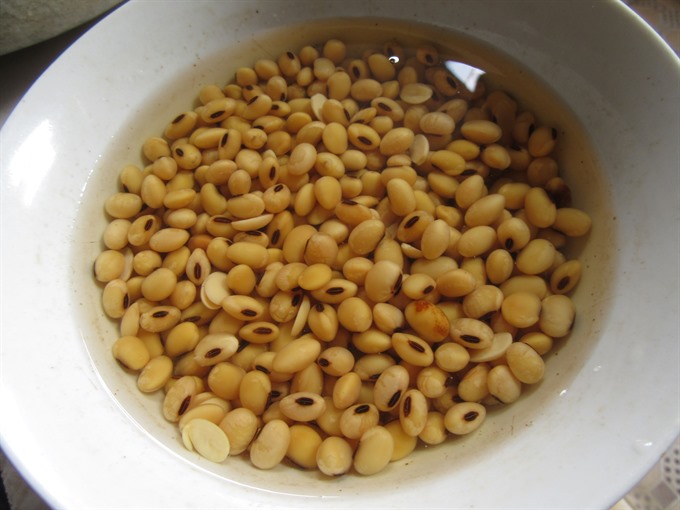 |
| The source: A wide variety of popular vegetarian dishes are made with soybeans.— VNS Photo Bạch Liên |
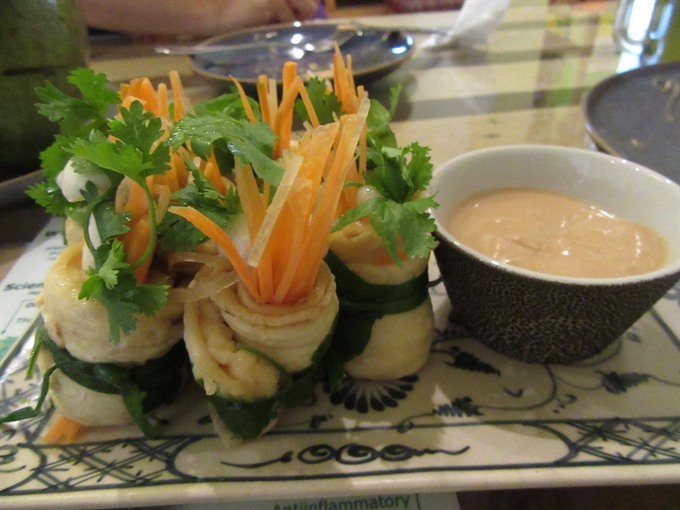 |
| Adding colour: A pretty combination of tofu, carrots and onion creates an appetising dish.— VNS Photo Bạch Liên |
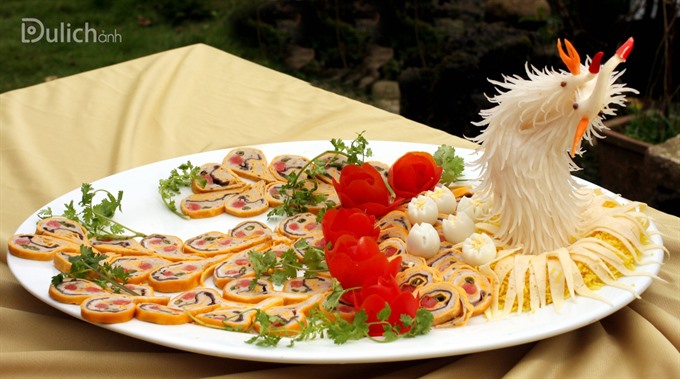 |
| Fit for a king: This vegetarian dish, made in Huế "royal style," is an arresting sight.—Photo www.dulichanh.vn |
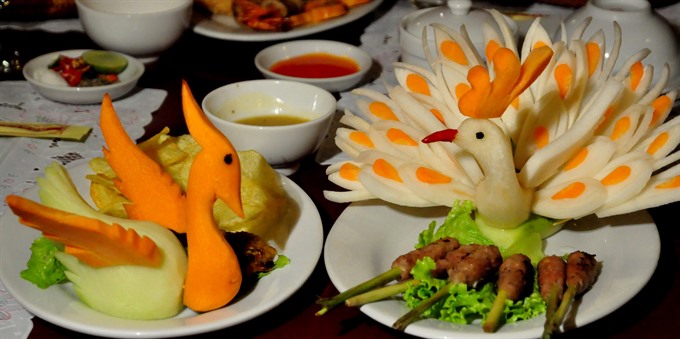 |
| Installation: Vegetable carving has become an art in its own right. Photo — www.huetourism.vn |
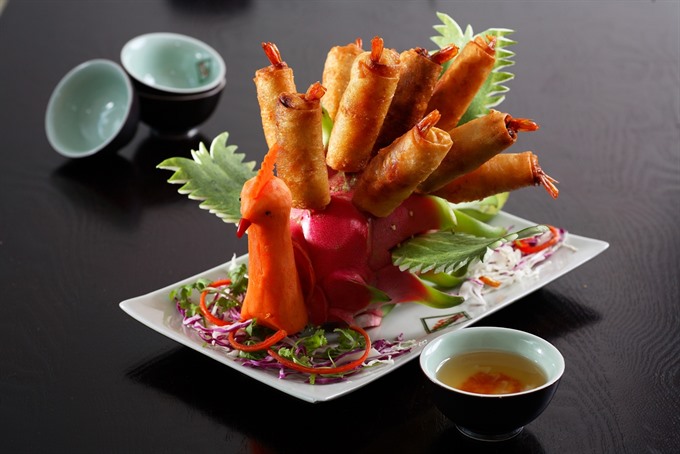 |
| Popular starter: Deep fried vegetable spring rolls, served in royal style. Photo — www.huetourism.vn |




